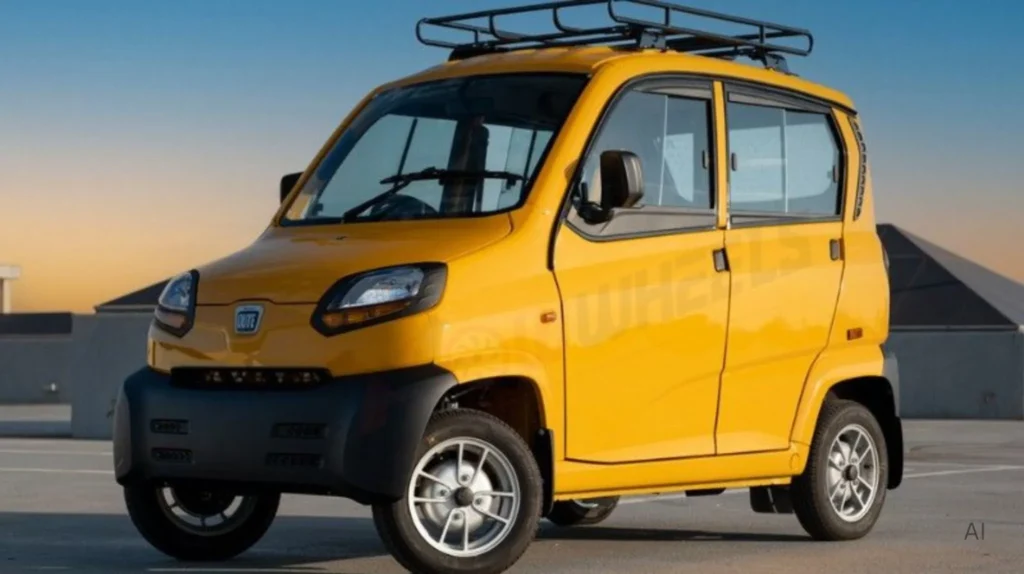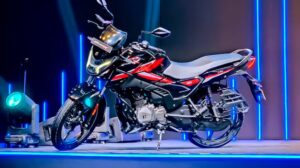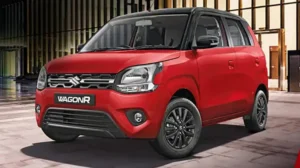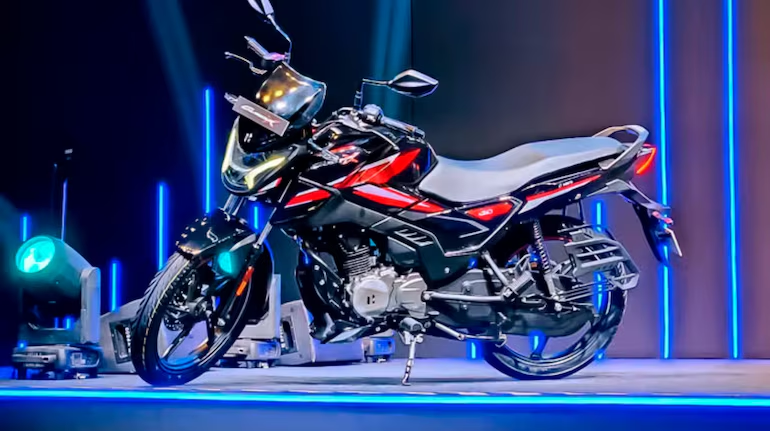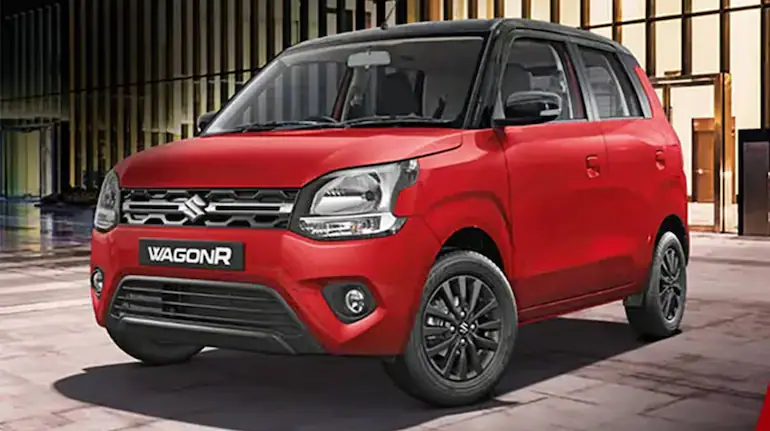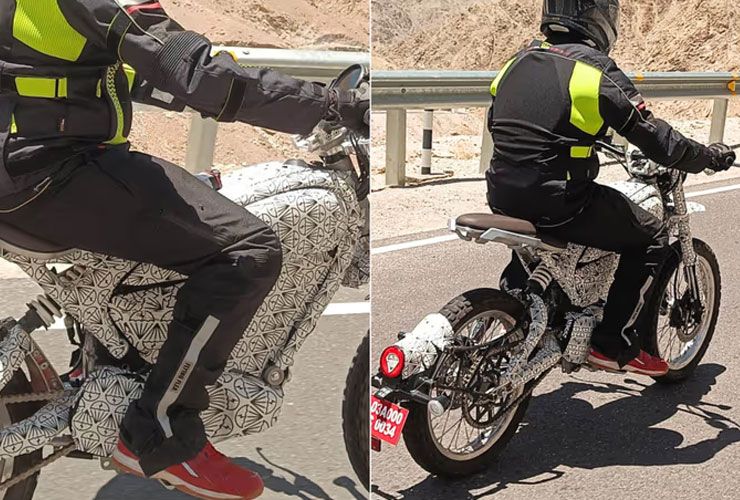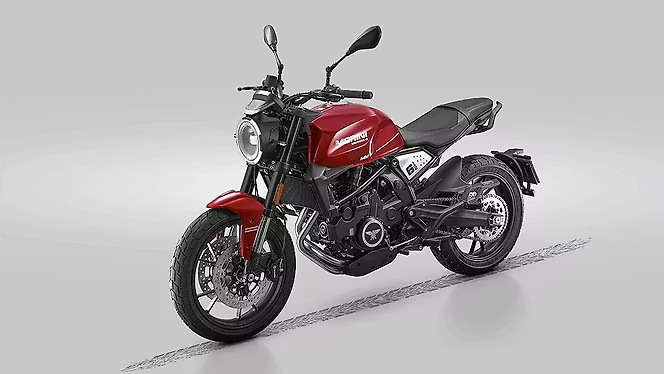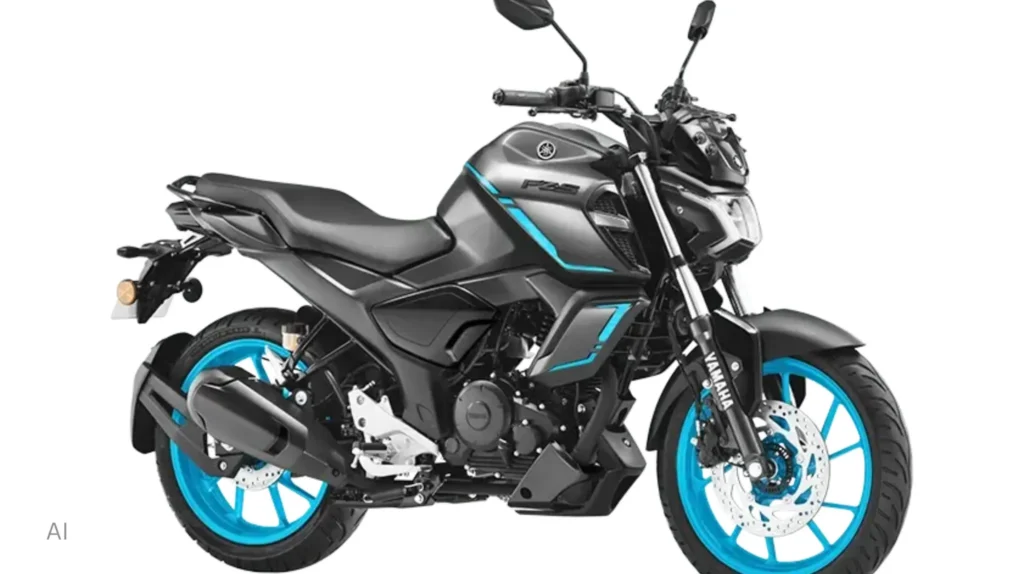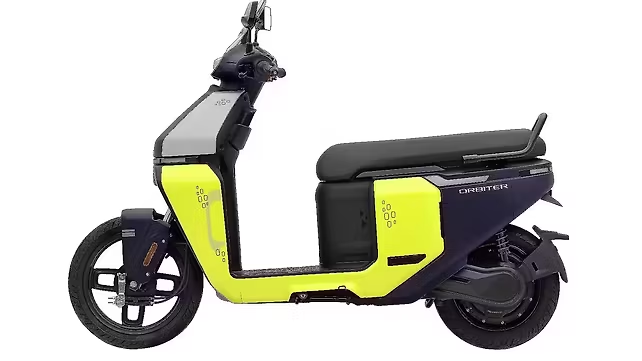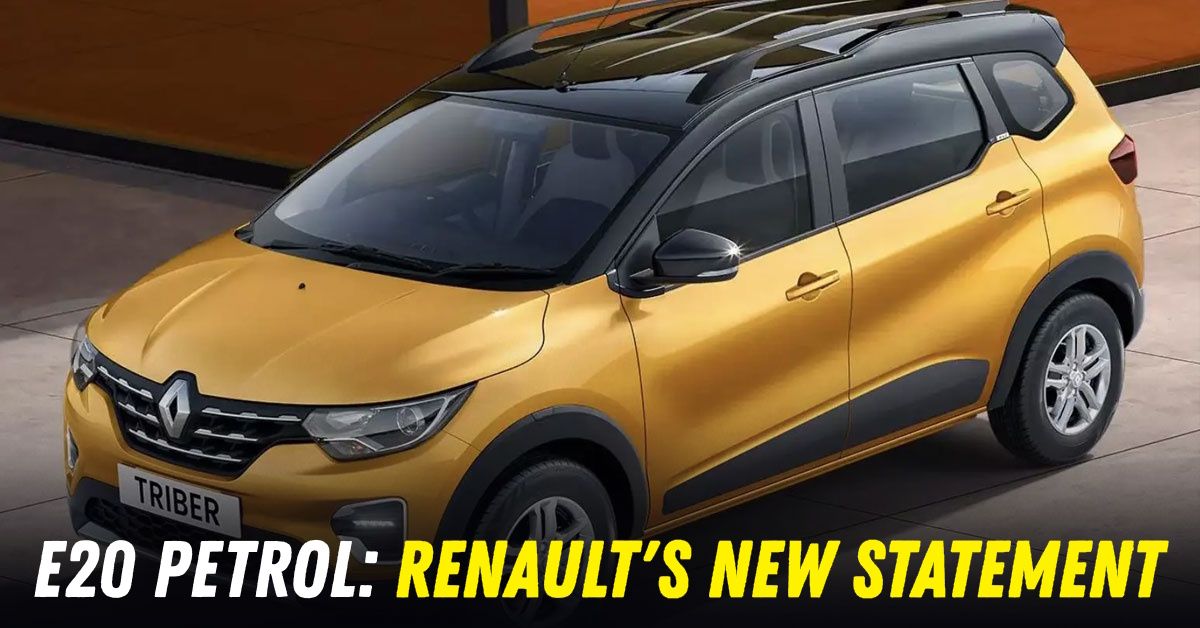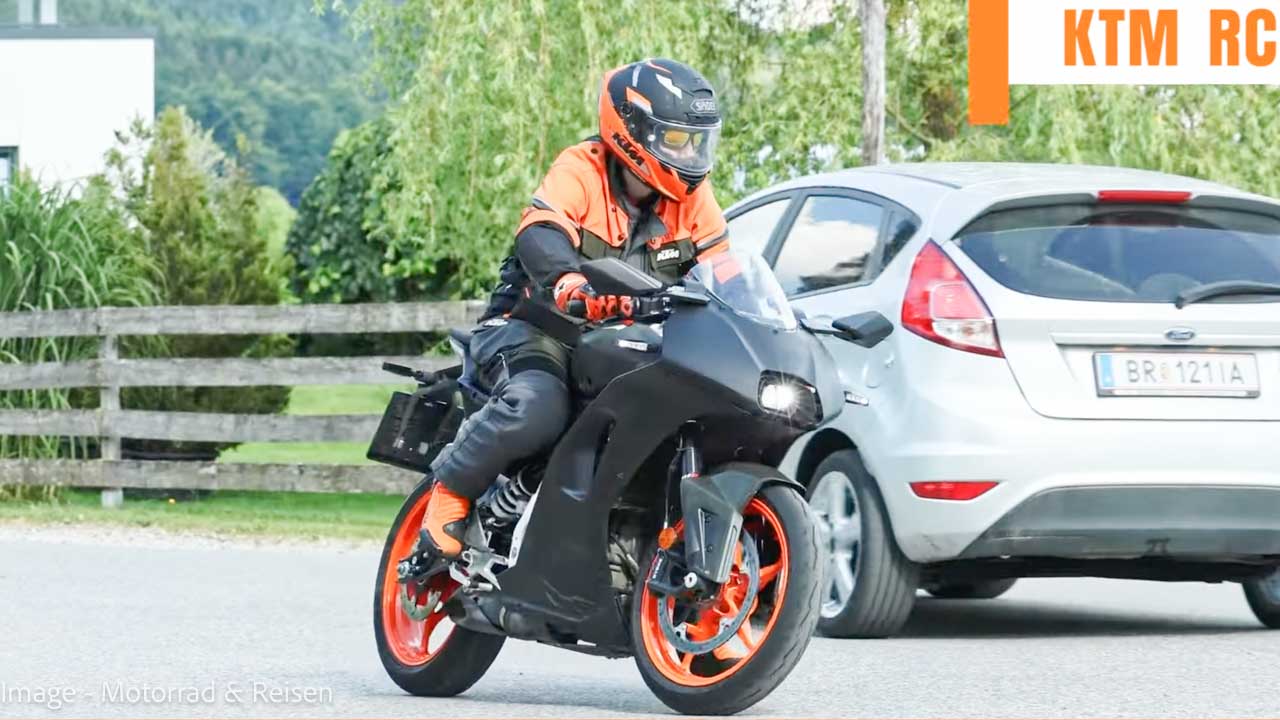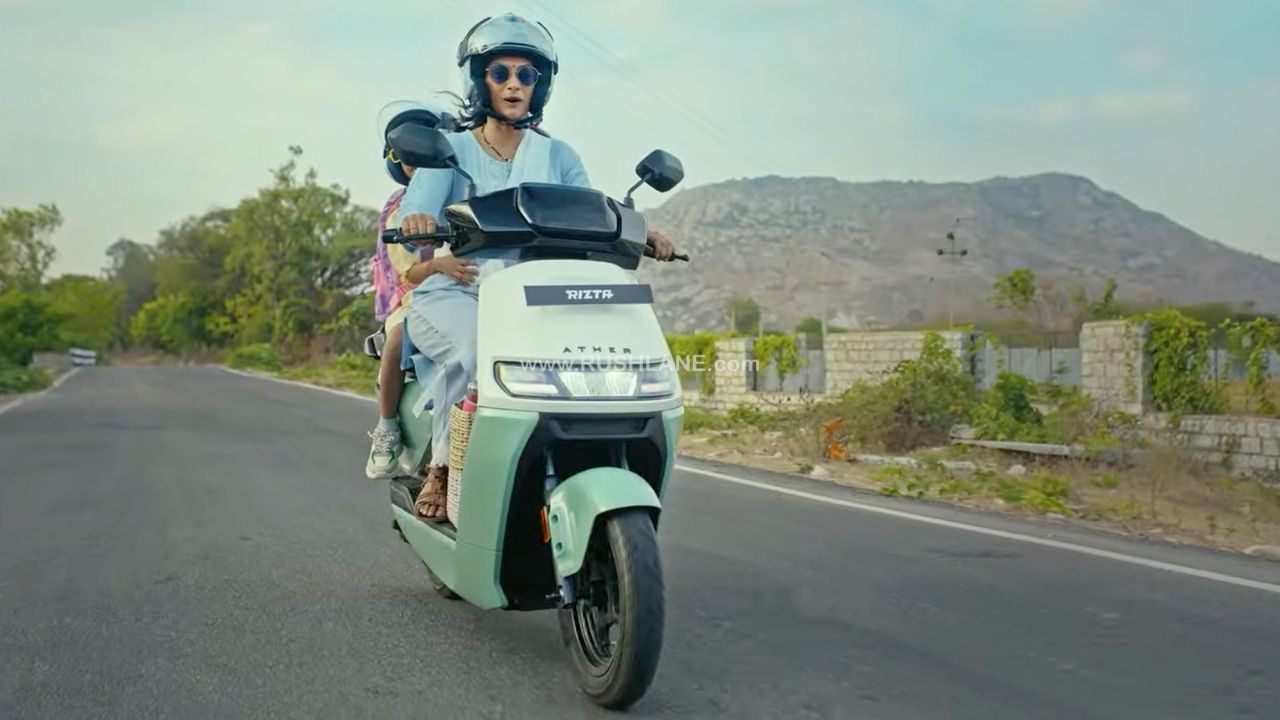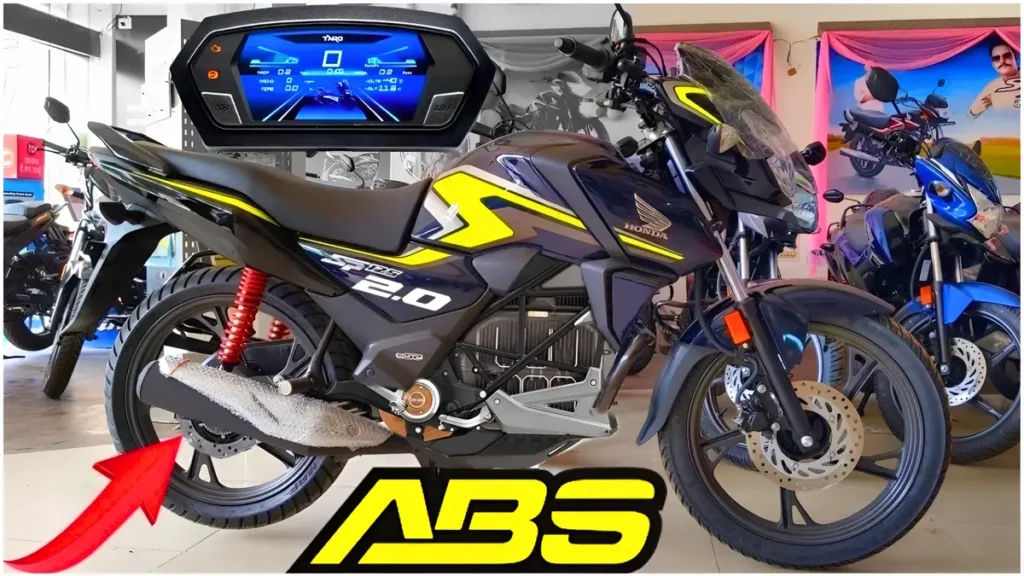In a country like India where traffic congestion, rising fuel costs, and limited budgets are everyday challenges for millions, finding an affordable yet practical mode of transportation can feel like a distant dream. Imagine navigating narrow city streets without the hassle of public transport or the high expenses of traditional cars. This is where Bajaj launches India’s cheapest car: fits in the poor’s budget, gets 43KM mileage – the Bajaj Qute steps in as a game-changer. This compact quadricycle offers the comfort of a four-wheeler at a fraction of the cost, making it ideal for low-income families, small business owners, and daily commuters. In this comprehensive article, we’ll dive deep into its specifications, features, performance, pros and cons, comparisons, and what’s new in 2025, helping you decide if it’s the right fit for your needs. about us
What is Bajaj Qute?
Bajaj Qute, often referred to as RE60 during its development, is India’s first quadricycle – a unique vehicle category that bridges the gap between three-wheelers and full-sized cars. Launched by Bajaj Auto, a leading Indian manufacturer known for reliable two-wheelers and three-wheelers, the Qute was designed to provide an enclosed, safer alternative to auto-rickshaws for urban mobility.
History and Launch of Bajaj Qute
The concept of Bajaj Qute dates back to 2012 when it was unveiled as RE60 at the Auto Expo in Delhi. Initially positioned as a low-cost four-wheeler, it faced regulatory hurdles as the Indian government needed to create a new category for quadricycles. After years of advocacy, it was approved in 2018 for commercial use and later expanded to personal buyers in select states. By 2025, it’s available across more regions like Maharashtra, Kerala, Gujarat, Odisha, Uttar Pradesh, and Rajasthan, with Bajaj pushing for nationwide accessibility. This evolution reflects Bajaj’s commitment to affordable transportation, especially for those upgrading from motorcycles or autos.
The Qute’s design draws inspiration from global micro-mobility trends, similar to Europe’s compact vehicles like the Citroën Ami. In India, it targets the vast middle and lower-middle class, where over 70% of households earn less than ₹5 lakh annually, making traditional cars unaffordable.
Bajaj Qute Specifications
Understanding the technical aspects of Bajaj Qute is crucial for potential buyers. Here’s a breakdown of its key specs in an easy-to-read table:
| Specification | Details |
|---|---|
| Engine Displacement | 216 cc |
| Engine Type | Single-cylinder, liquid-cooled |
| Max Power | 10.83 bhp @ 5500 rpm (CNG) |
| Max Torque | 16.1 Nm @ 4000 rpm (CNG) |
| Transmission | 5-speed manual |
| Fuel Type | CNG (primary), Petrol (bi-fuel option) |
| Mileage (ARAI) | 43 km/kg (CNG), 35 kmpl (Petrol) |
| Top Speed | 70 km/h |
| Dimensions (L x W x H) | 2752 mm x 1312 mm x 1652 mm |
| Wheelbase | 1925 mm |
| Boot Space | 20 Litres |
| Seating Capacity | 4 (2+2 configuration) |
| Ground Clearance | Not specified (suitable for city roads) |
| Fuel Tank Capacity | 35 L (CNG cylinder) |
These specs highlight its focus on efficiency rather than high performance, making it perfect for city driving where speeds rarely exceed 50 km/h.
Engine and Performance
The heart of Bajaj Qute is its 216 cc engine, which uses DTS-i technology for better combustion and fuel efficiency. On CNG, it delivers smooth power for urban commutes, with quick acceleration in low gears thanks to the sequential gearbox. Users report it handles inclines well in cities like Mumbai or Delhi, but it’s not suited for highways due to its limited top speed.
In real-world tests, the Qute achieves around 40 km/kg on CNG in mixed traffic, translating to running costs as low as ₹1-2 per km – far cheaper than petrol cars or even bikes for families.
Bajaj Qute Price and Variants
Affordability is the Qute’s biggest selling point. The ex-showroom price starts at ₹3.61 Lakh in Delhi, with on-road prices around ₹3.95 Lakh including RTO and insurance. It’s available in a single primary variant: Qute CNG, though some markets offer a petrol bi-fuel option.
- Financing Options: EMI starts at ₹7,520 for 60 months with a 9.8% interest rate, making it accessible with down payments as low as ₹40,000.
- Colors: White, Black, Yellow.
Compared to discontinued models like Tata Nano (last priced at ₹2.5 Lakh), the Qute offers better mileage and enclosure, justifying its slight premium.
Mileage and Fuel Efficiency
One of the standout features is its impressive mileage. Bajaj launches India’s cheapest car: fits in the poor’s budget, gets 43KM mileage – and it lives up to the claim. The CNG variant’s 43 km/kg efficiency means you can travel 320 km on a full 8 kg CNG fill, costing about ₹400-500 depending on location.
Factors affecting mileage include:
- City traffic: 38-40 km/kg
- Passenger load: Slight drop with 4 people
- Maintenance: Regular servicing ensures optimal performance
This makes it an eco-friendly choice, reducing carbon emissions compared to older autos.
Features and Safety
Bajaj Qute keeps things basic to maintain low costs, but it includes essentials for comfort:
- Height-adjustable driver seat
- Bluetooth connectivity and USB charging
- FM player with two speakers
- Gear position indicator
- Ventilation vents for airflow
Safety is minimal, with a 1-star Global NCAP rating. It features seat belts, a high-strength steel frame, and impact-resistant body panels. No airbags or ABS, so it’s best for low-speed urban use. In 2025, enhanced suspension improves ride quality over potholes.
Pros and Cons of Bajaj Qute
To give a balanced view, here’s a pros and cons table based on user feedback:
| Pros | Cons |
|---|---|
| Extremely affordable price | Basic safety features |
| High mileage (43 km/kg CNG) | No air conditioning |
| Easy to maneuver in traffic | Limited boot space (20L) |
| Low maintenance costs | Not suitable for highways |
| Enclosed cabin for weather protection | Thin seat cushions |
Pros outweigh cons for budget buyers, as noted in reviews where owners praise its daily utility.
Comparison with Competitors
Bajaj Qute stands out in the micro-mobility segment. Here’s a comparison table:
| Vehicle | Price (Ex-showroom) | Mileage | Seating | Key Advantage |
|---|---|---|---|---|
| Bajaj Qute | ₹3.61 Lakh | 43 km/kg (CNG) | 4 | Cheapest enclosed option |
| Auto-Rickshaw (avg.) | ₹2-3 Lakh | 25-30 km/kg | 3+1 | Open cabin, less safety |
| Tata Nano (discontinued) | ₹2.5 Lakh | 25 kmpl | 4 | No CNG, outdated |
| MG Comet EV | ₹7 Lakh | 230 km/charge | 4 | Electric, but expensive |
The Qute wins on cost and fuel efficiency, making it a superior upgrade from autos for small families.
Real-World Examples and Case Studies
In Bengaluru, Bajaj partnered with Uber for the Qute in ride-hailing, where drivers report earning ₹3,000 daily with low fuel costs. A Mumbai user shared on X (formerly Twitter) how it replaced their bike for family outings, saving on fuel while providing rain protection.
In rural Odisha, small traders use it for deliveries, folding rear seats for cargo. Reviews from Cardekho users rate it 4.1/5, highlighting its value for middle-class families despite basic looks.
What’s New in 2025
For 2025, Bajaj has introduced subtle enhancements to the Qute, focusing on comfort and usability. Key updates include:
- Digital instrument cluster for better readability
- Improved seat cushioning for longer rides
- Enhanced suspension for smoother handling on uneven roads
- Durable body structure with better rust resistance
These changes address past complaints about comfort, making it more appealing for daily use. No major engine upgrades, but the focus remains on reliability. Availability has expanded, with Bajaj aiming for 100,000 units sold by year-end.
For more details, check the official Bajaj Auto website: https://www.bajajauto.com/three-wheelers/qute or expert reviews on CarDekho: https://www.cardekho.com/bajaj/qute.
FAQ
Is Bajaj Qute considered a car or a quadricycle?
Bajaj Qute is classified as a quadricycle in India, not a full car. It offers car-like enclosure but follows lighter regulations, making it affordable and easy to register for personal or commercial use. Ideal for city commutes under 70 km/h.
What is the on-road price of Bajaj Qute in major cities?
The on-road price starts at around ₹3.95 Lakh in Delhi, including RTO and insurance. In Mumbai or Bangalore, it may vary slightly due to local taxes, but remains under ₹4 Lakh. Check local dealers for exact quotes and EMI options.
How does Bajaj Qute perform in terms of safety?
With a 1-star Global NCAP rating, safety is basic – seat belts and a steel frame are included, but no airbags. It’s designed for low-speed urban driving, where it provides better protection than open autos. Avoid highways for optimal safety.
Can Bajaj Qute run on both CNG and petrol?
Yes, it’s bi-fuel capable. The primary CNG mode offers 43 km/kg, while petrol provides 35 kmpl as backup. Switching is seamless, reducing dependency on one fuel and lowering costs in areas with CNG availability.
Is Bajaj Qute suitable for long-distance travel?
No, it’s best for short urban trips due to its 70 km/h top speed and basic comfort. Users report discomfort on journeys over 50 km, but it’s excellent for daily errands, school drops, or small deliveries in cities.
What maintenance costs can I expect for Bajaj Qute?
Maintenance is low, around ₹5,000-7,000 annually, thanks to Bajaj’s widespread service network. Spare parts are cheap and readily available, similar to three-wheelers. Regular servicing ensures the engine’s longevity.
Conclusion
Bajaj Qute redefines affordable mobility in India, proving that you don’t need a hefty budget for a four-wheeler. With its impressive 43KM mileage, compact design, and low costs, it perfectly fits the needs of budget-conscious users upgrading from two-wheelers or autos. While it lacks luxury features, its practicality shines in urban settings, as evidenced by positive user experiences and expanding availability in 2025. contact us
